TikTok Shop Raises Seller Fees Across Europe as Platform Pushes for ‘Content-Driven Commerce’ Expansion
Reading Time: 3 minutesTikTok Shop is raising its sales commission for merchants across five active…
Are you where your customers are? Over 73% of customers prefer to shop from multiple channels (source: Harvard Business Review), making multichannel selling a key strategy for eCommerce success. Multichannel Shopify selling can be highly profitable for your online business as research shows that businesses that add a new sales channel experience an average revenue increase of 38%, while those that add three channels see a whopping 190% revenue growth. A multichannel Shopify sales strategy can help you reach your customers at multiple touchpoints in their journey. However, a customer’s search path can be highly versatile and unpredictable when it comes to product discoverability.
This blog post will help you understand the key concepts of multichannel sales strategy via Shopify and reach your customers where they are!
Imagine, your targeted shopper (let’s call her Sara) is looking for a product (cat toys) that you sell on your Shopify store. Sara would usually search for ‘Cat Toys’ on any marketplace, or Google, and start her purchase journey. What are the chances that she ends up buying from you?
You cannot reach out to millions of shoppers like Sara because the Internet has significantly altered consumer purchasing behavior across various sectors. This highlights the importance of the Zero Moment of Truth (ZMOT), a concept introduced by Google. ZMOT refers to the crucial stage in the buying process where consumers research and gather information about products before making a purchase decision.
Therefore, businesses must understand, predict, and be present at the most significant moments of a customer’s product discovery journey.
By strategically utilizing these multichannel sales channels merchants can effectively increase their reach. They can also enhance customer engagement and boost sales. Moreover, not only does selling on channels like marketplaces from your Shopify store help to create a robust multichannel strategy but also results in reaching more customers across different channels.
In a nutshell, you provide a consistent shopping experience to your customers across multiple touchpoints.
Confused about your product offerings and which channel to start with? Book a free consultation call with CedCommerce experts.
Curious to see how integration tools like the Shopify Amazon Channel work. Check out this video:
Did you know that all CedCommerce Integrations, including the TikTok Shop Connector for Shopify, come with the amazing feature of order syncing?
Setting up a Shopify store and integrating it with multiple sales channels involves several steps. Here’s a comprehensive guide to help you get started with your multichannel selling via Shopify strategy.
Step: Select a Shopify plan that fits your business needs and budget.
Tip: Start with the basic plan and upgrade as your business grows.
Step: Choose a theme that aligns with your brand, customize your design, and set up your domain.
Tip: Use Shopify’s theme editor to personalize the look and feel of your store.
Step: Create product listings, upload high-quality images, write detailed descriptions, and set prices.
Tip: Use descriptive and keyword-rich titles and descriptions to improve SEO.
Step: Set up shipping options, taxes, and payment gateways to facilitate smooth transactions.
Tip: Offer multiple payment options to cater to a wider audience. Also, provide Buy Now Pay Later options as customers tend to make better purchase decisions on sites with BNPL options.
Did you know that more than 13% of holiday shoppers prefer BNPL options? Check out how to maximize your holiday selling strategies here.
Step: Choose your targeted marketplace/channel where you want to expand and integrate your Shopify store with that channel.
Tip: Utilize CedCommerce integration solutions for smooth connectivity with additional marketplaces like Amazon, Walmart, TikTok, and more.
Step: Use inventory management apps to sync stock levels across all multichannel sales channels.
Tip: Consider apps like CedCommerce to automate inventory updates and prevent overselling.
Step: Use Shopify’s order management tools or CedCommerce’s ‘all-in-one’ integration to track and fulfill orders from all channels.
Tip: Automate repetitive tasks using integration tools to save time and reduce errors.
Step: Implement a unified marketing strategy across all channels, including social media, email marketing, SEO, and paid advertising.
Tip: Use tools like Shopify Email and Facebook Ads to reach your target audience effectively.
Bonus: Want listings that top the search results on marketplaces this holiday season? Check out CedCommerce’s Promotions Services – market, promote, and boost! Reach out to us.
Check out this detailed video series by Shopify to help you set up your store from scratch.
Ready to begin your multichannel selling journey via Shopify? Contact CedCommerce experts to get assistance in every step of your eCommerce journey.
Omnichannel focuses on providing a seamless customer experience across all channels, while multichannel simply means selling on multiple platforms. The omnichannel strategy is generally considered better for enhancing customer experience, but it requires more integration and strategy. Furthermore, multichannel is a great starting point for expanding reach and sales.
Implement seasonal promotions, discounts, and bundle offers. Utilize Shopify’s built-in discount codes and automatic discounts to attract customers. Not to mention, highlight popular products and bestsellers on your homepage and consider running limited-time sales to create urgency.
CedCommerce offers a range of integration solutions for Shopify, enabling seamless connectivity with various marketplaces and sales channels. Additionally, they provide tools for inventory management, order fulfillment, and product data synchronization, helping you streamline and optimize your multichannel selling strategy.
Shopify is a comprehensive eCommerce platform that allows businesses to set up an online store, manage products, accept payments, and integrate with various sales channels. Additionally, it offers customizable themes, apps for added functionality, and tools for marketing and analytics.
Yes, Shopify is worth it for many businesses. Notably, it’s used by notable brands like Gymshark, Allbirds, and Kylie Cosmetics, which have seen significant growth and success. Furthermore, Shopify offers robust tools and integrations that make it an excellent choice for businesses of all sizes.
Shopify is not free, but it offers a 14-day free trial for new users to explore its features. However, after the trial, you need to choose a paid plan that starts at $29 per month.
What’s more? Stay tuned for upcoming blogs on nailing your Holiday Season 2024 sales strategies from CedCommerce.

Reading Time: 3 minutesTikTok Shop is raising its sales commission for merchants across five active…

Reading Time: 11 minutesBy now you have seen your BFCM 2025 numbers. The harder question…

Reading Time: 3 minutesAbout the Brand Name: Vanity Slabs Inc Industry: Trading Slabs- Vanity Slabs…
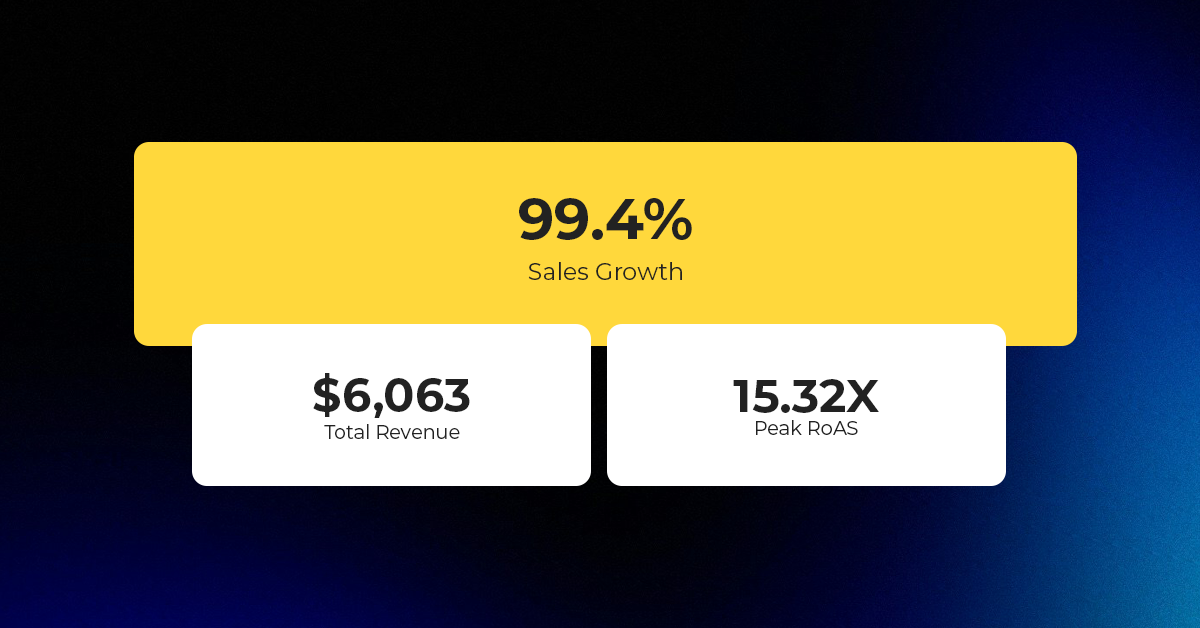
Reading Time: 2 minutesAbout the Brand Name: Ramjet.com Industry: Automotive Parts & Accessories Location: United…

Reading Time: 2 minutesAmazon is rolling out strategic referral fee reductions across five major European…
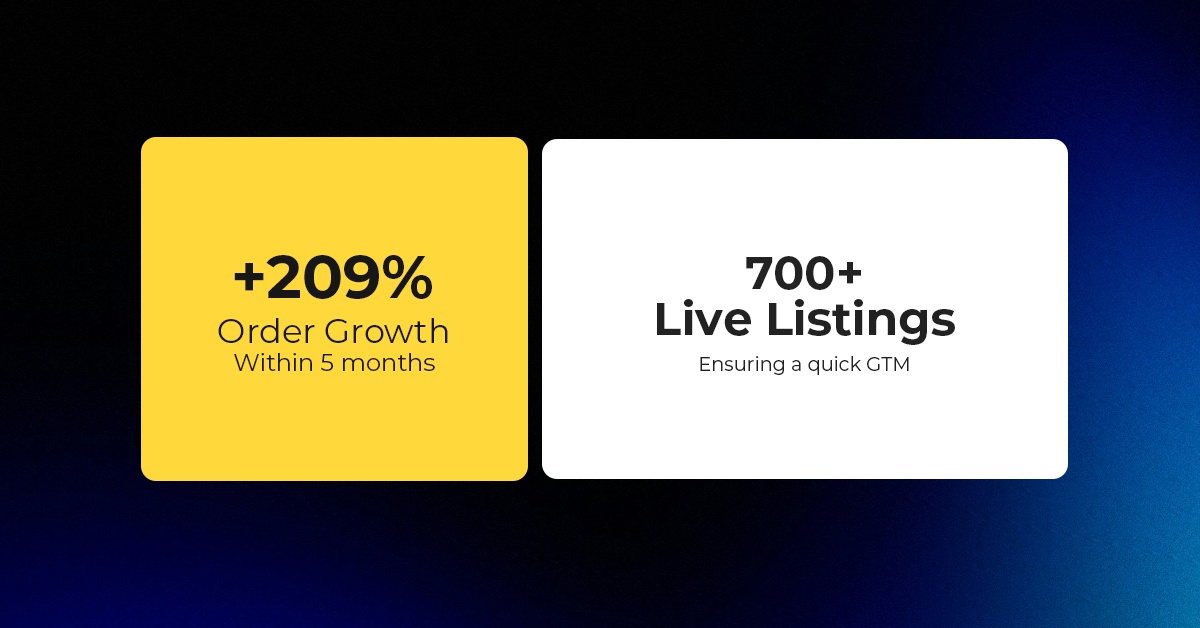
Reading Time: 4 minutesQuick Summary: Scaling Lifestyle Powersports on eBay with CedCommerce Challenge: Zero marketplace…

Reading Time: 4 minutesTikTok has surpassed 460 million users across Southeast Asia, reinforcing its position…

Reading Time: 3 minuteseBay has released its final seller news update for 2025, with a…

Reading Time: 3 minutesAmazon has clarified its stance regarding speculation around a potential breakup between…

Reading Time: 4 minutesWalmart is accelerating its push into next-generation fulfillment by expanding its drone…

Reading Time: 4 minutesFaire, the fast-growing wholesale marketplace connecting independent retailers with emerging brands, has…

Reading Time: 4 minutesB2B buying in the United States is undergoing a fundamental behavioral shift…
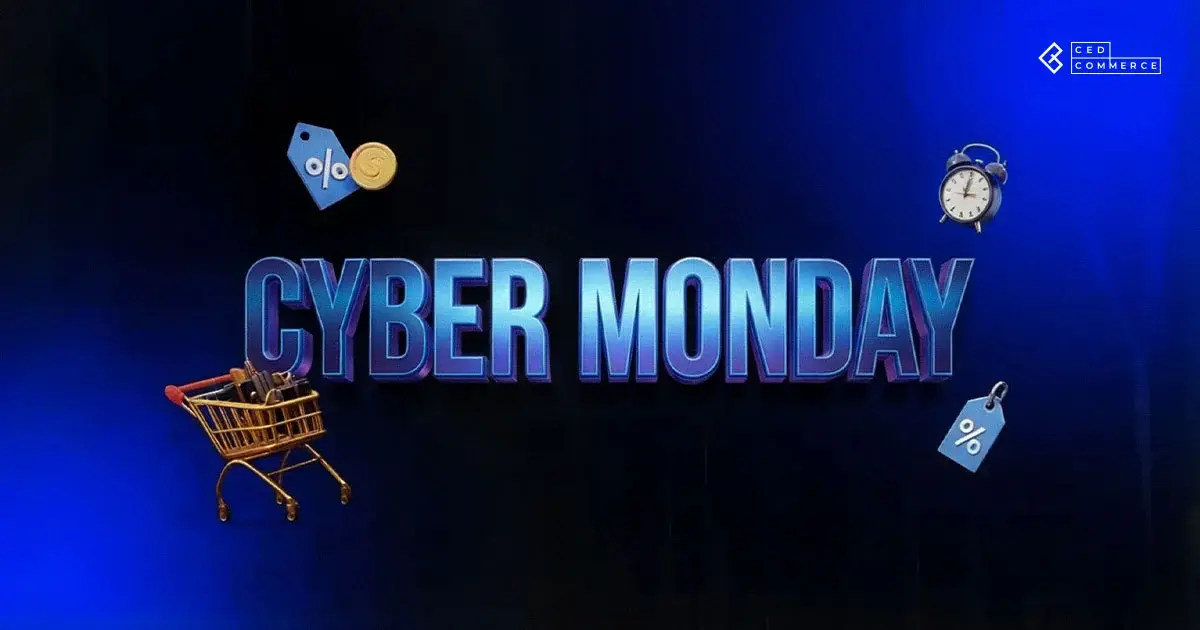
Reading Time: 3 minutesSummary Cyber Monday 2025 has officially become the largest online shopping day…

Reading Time: 2 minutesSummary Amazon kicked off December with two major developments shaping the future…

Reading Time: 2 minutesSummary Walmart has entered December with two major moves that signal a…
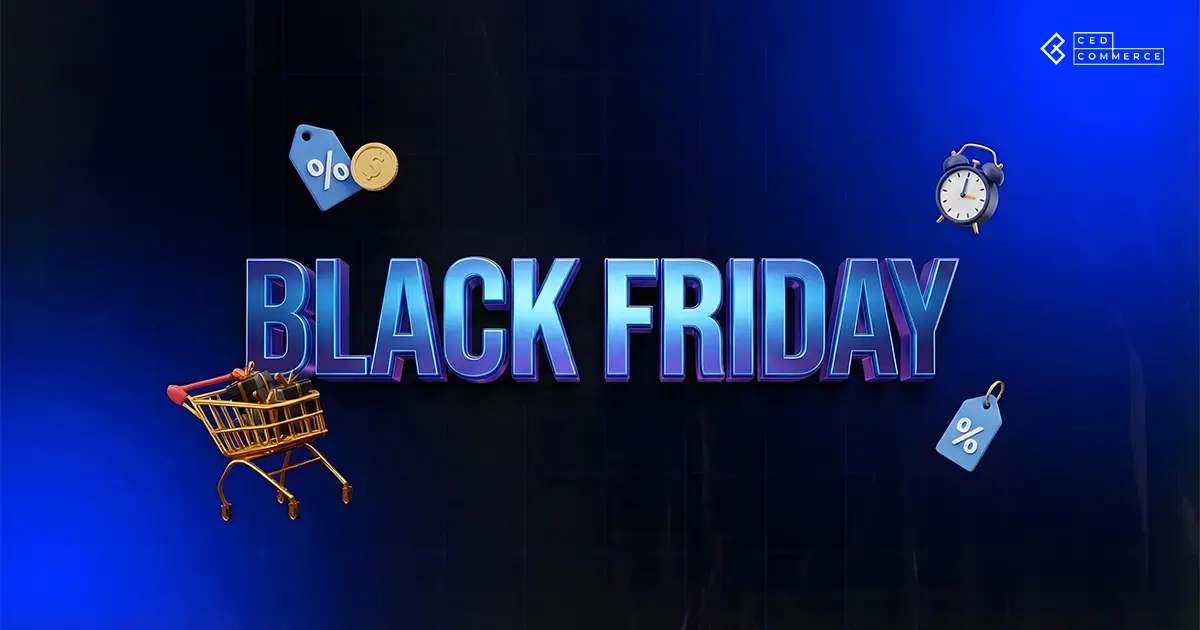
Reading Time: 2 minutesBlack Friday 2025 delivered the strongest U.S. eCommerce performance in history, as…
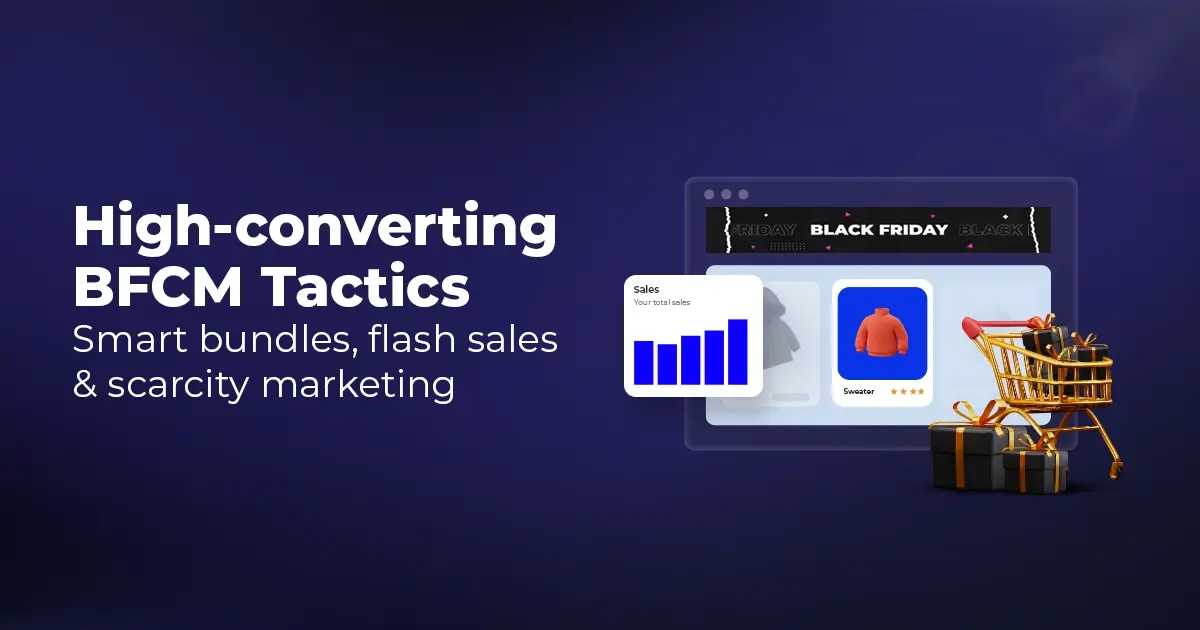
Reading Time: 13 minutesStill approaching BFCM with generic discounts, last-minute price cuts, or scattered promotions?…
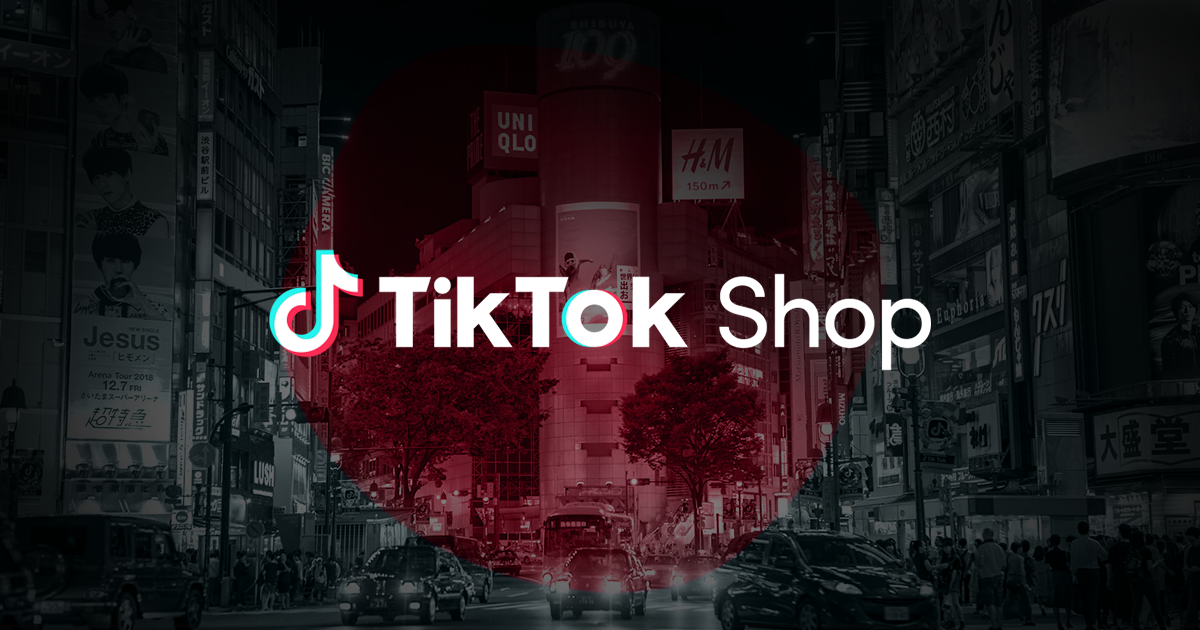
Reading Time: 3 minutesTikTok Shop reached a major milestone during its largest U.S. “Global Black…

Reading Time: 4 minutesOpenAI has announced a new AI-powered shopping research tool designed to help…
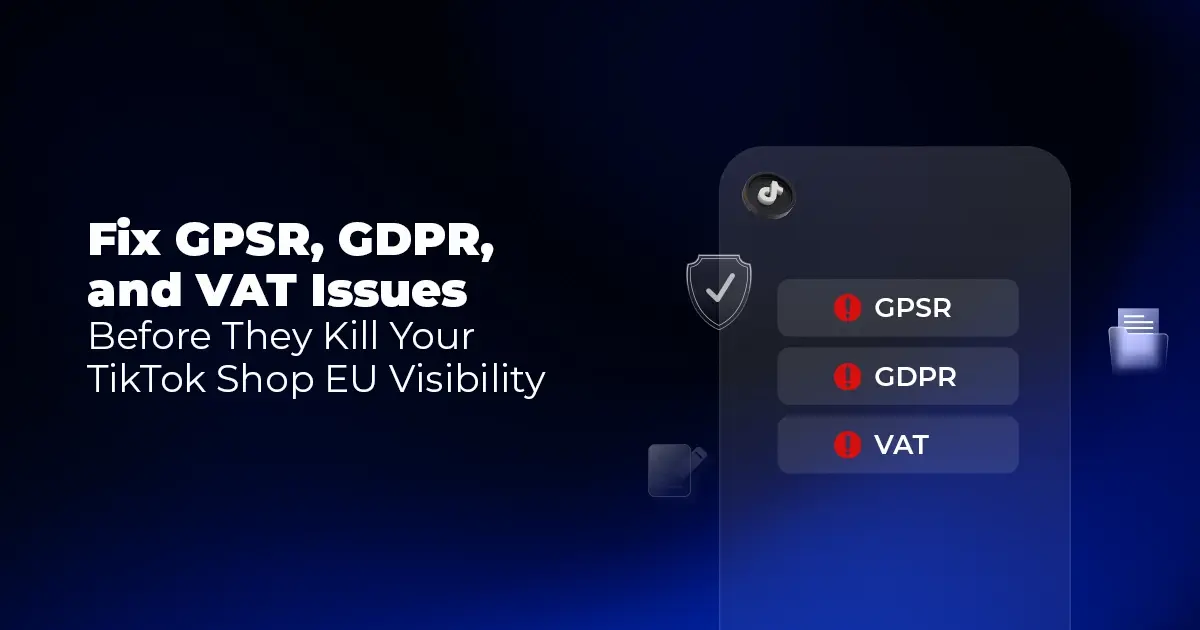
Reading Time: 9 minutesIf your TikTok Shop listings often sit in review or your visibility…
Really insightful post! I appreciate the clarity and depth you provided here.
Leave a Reply